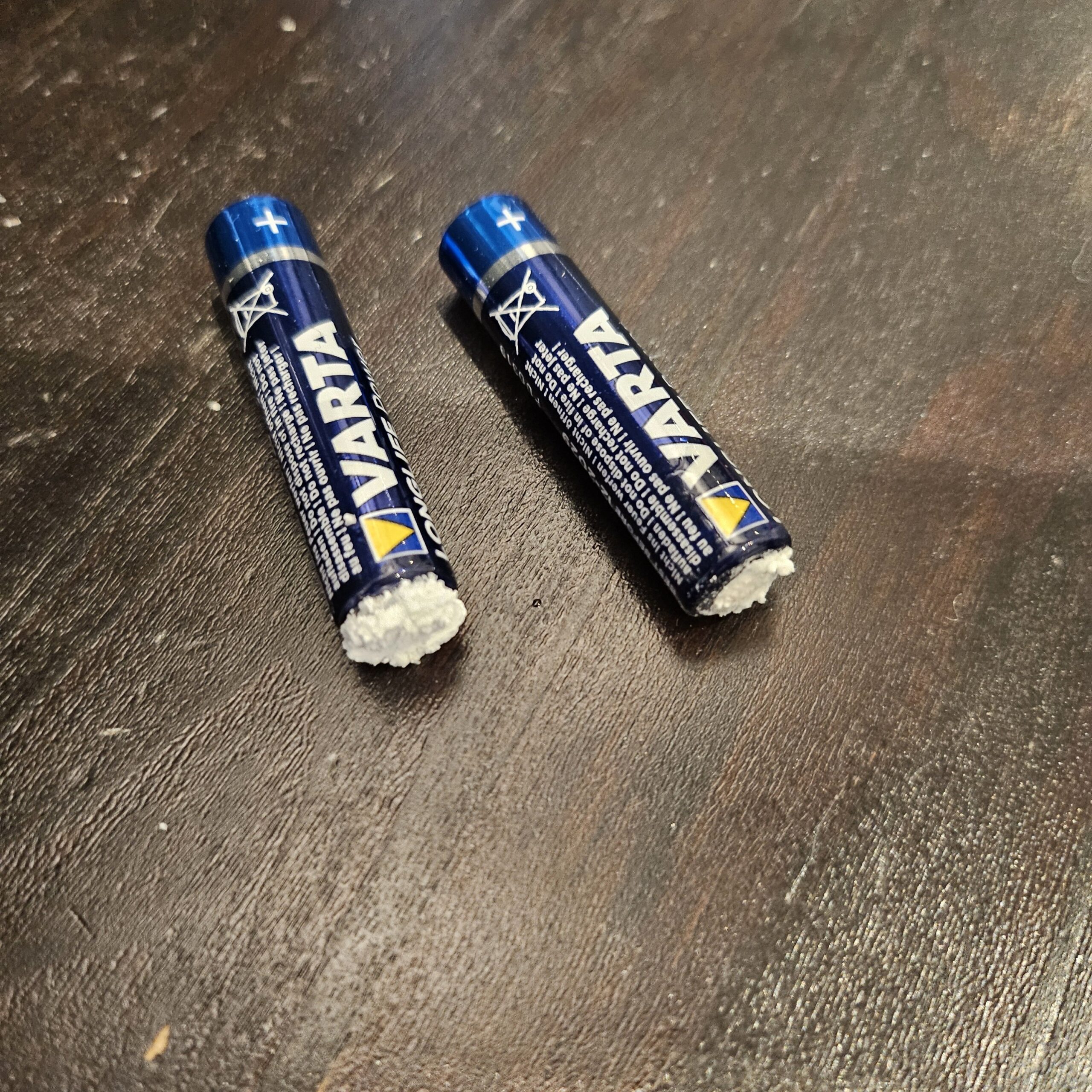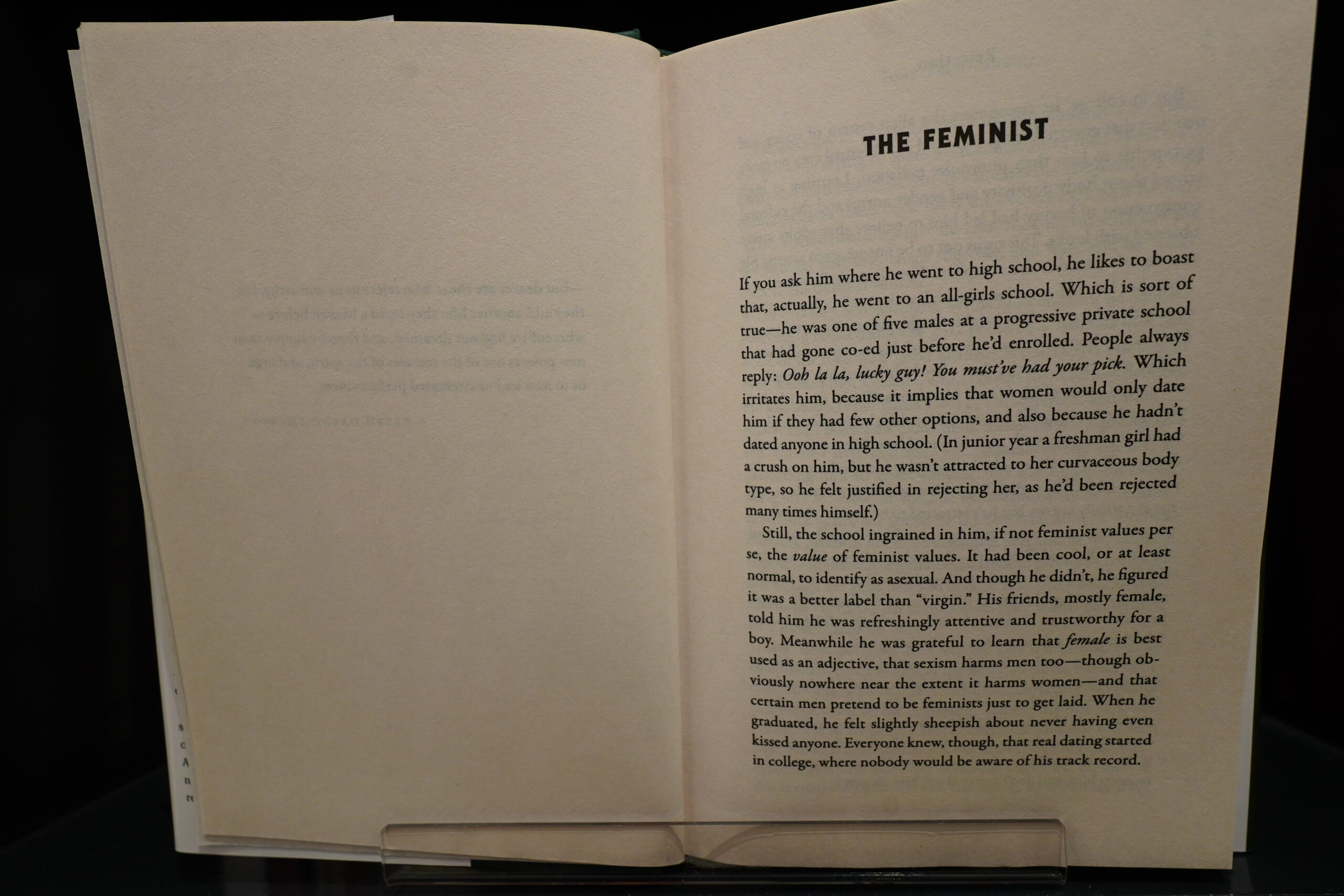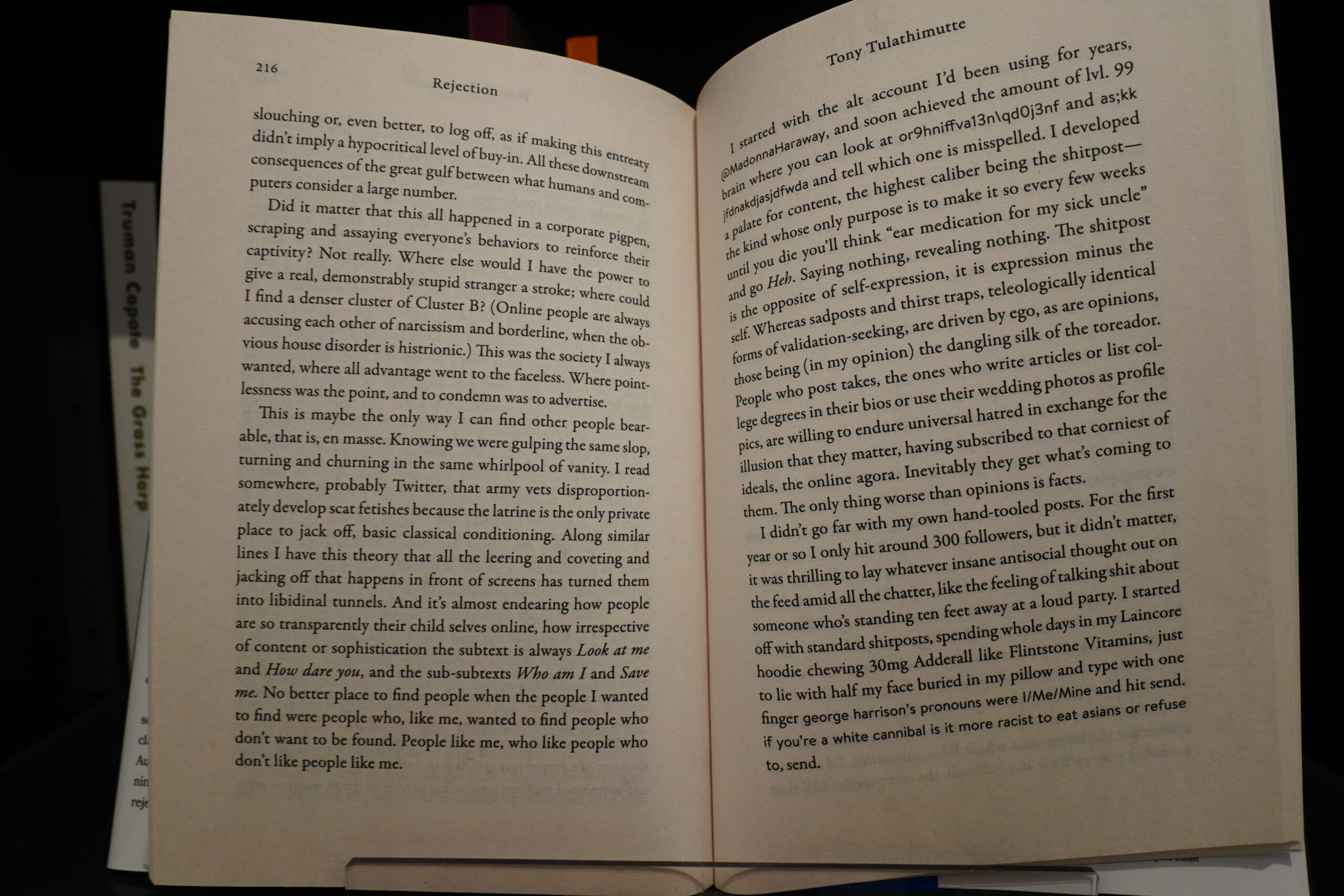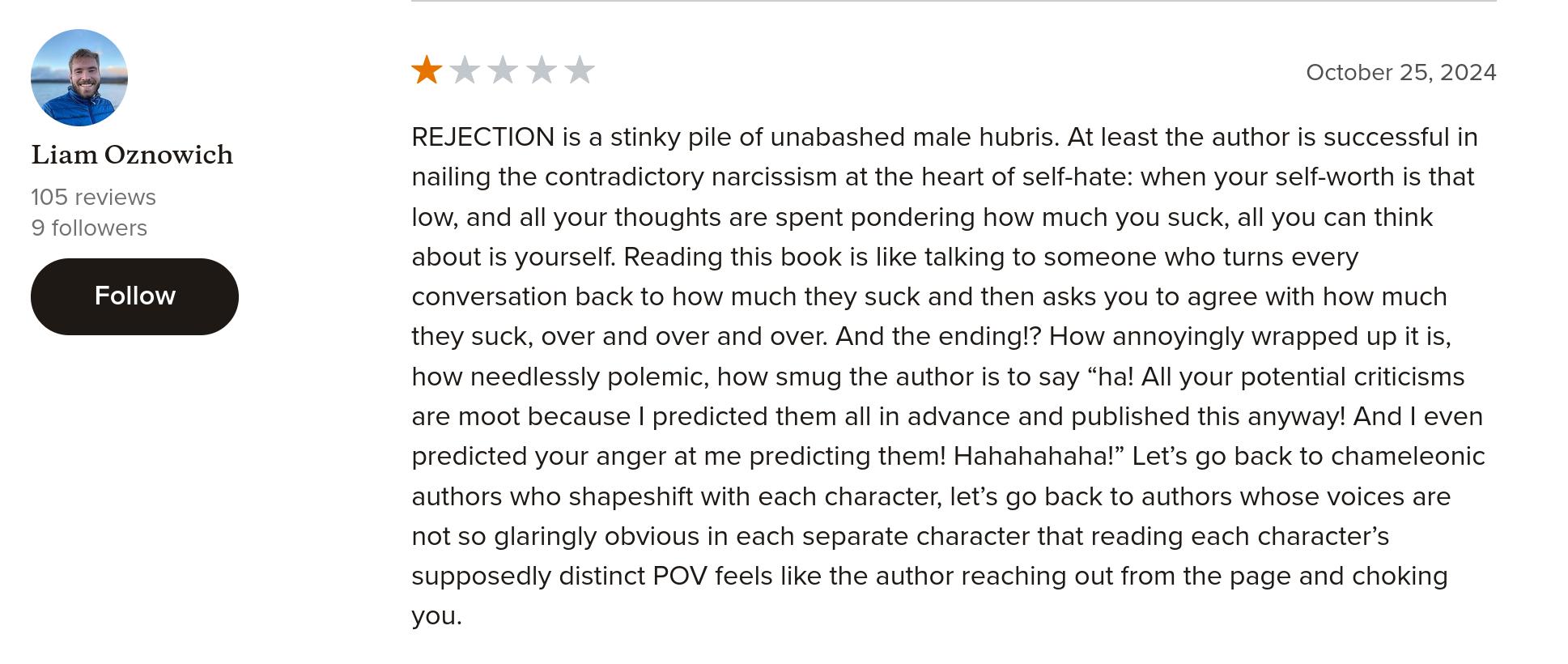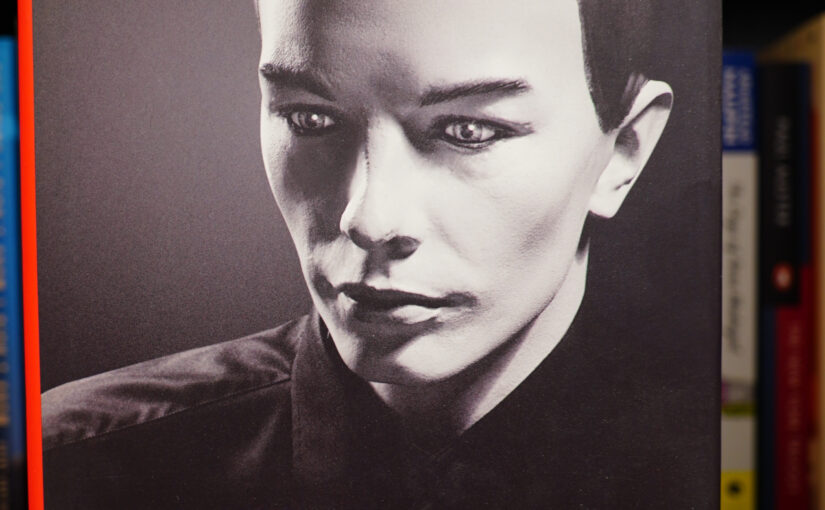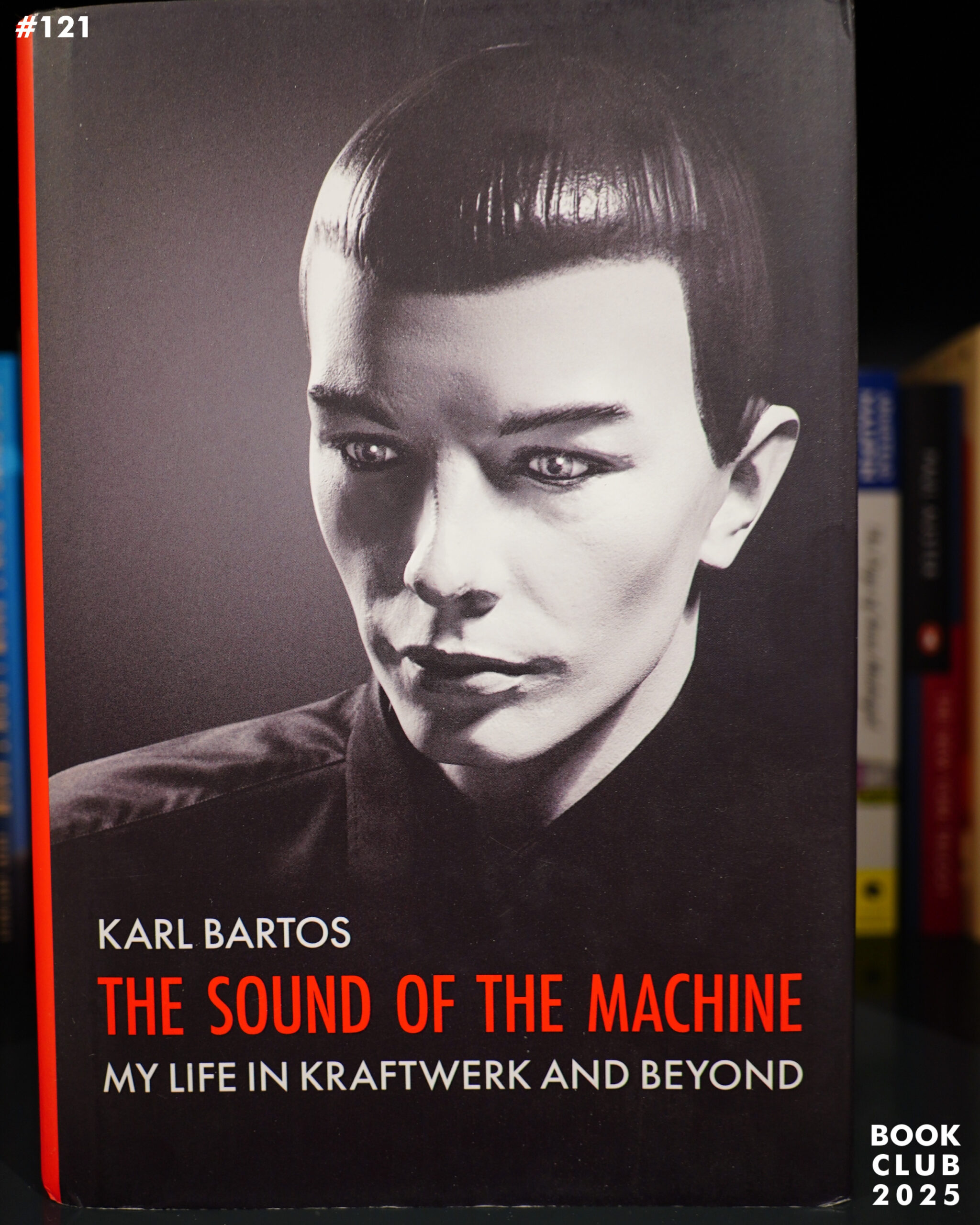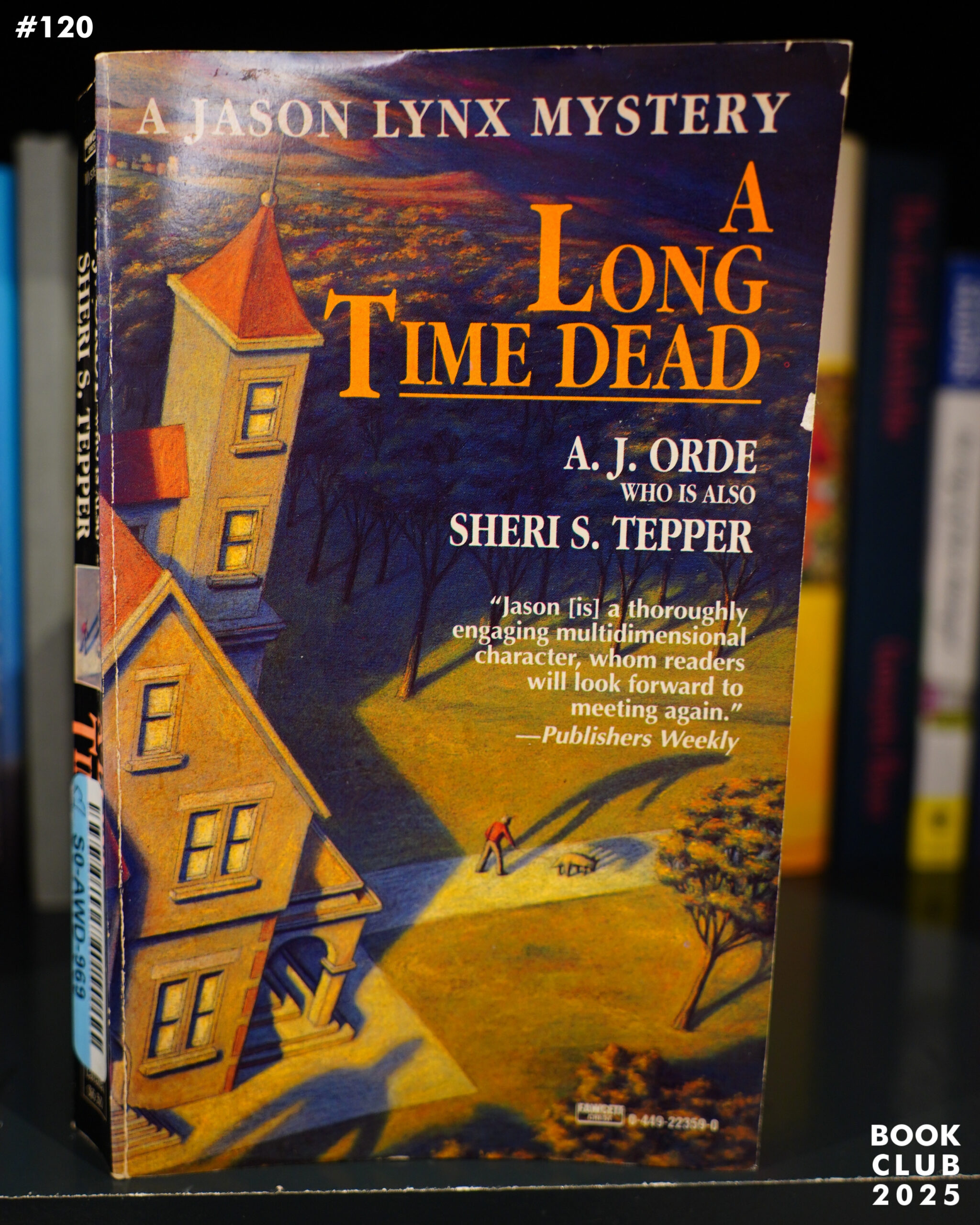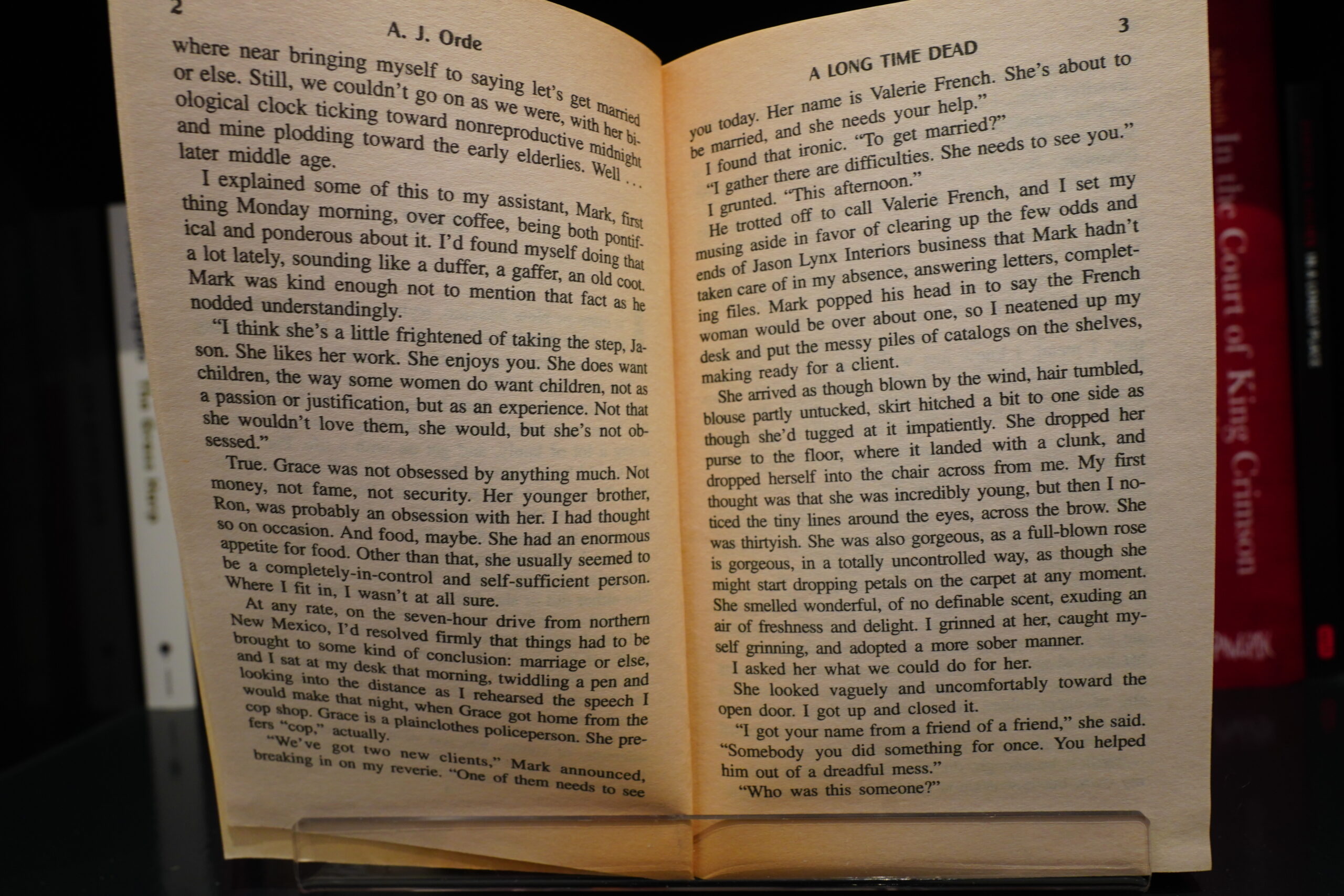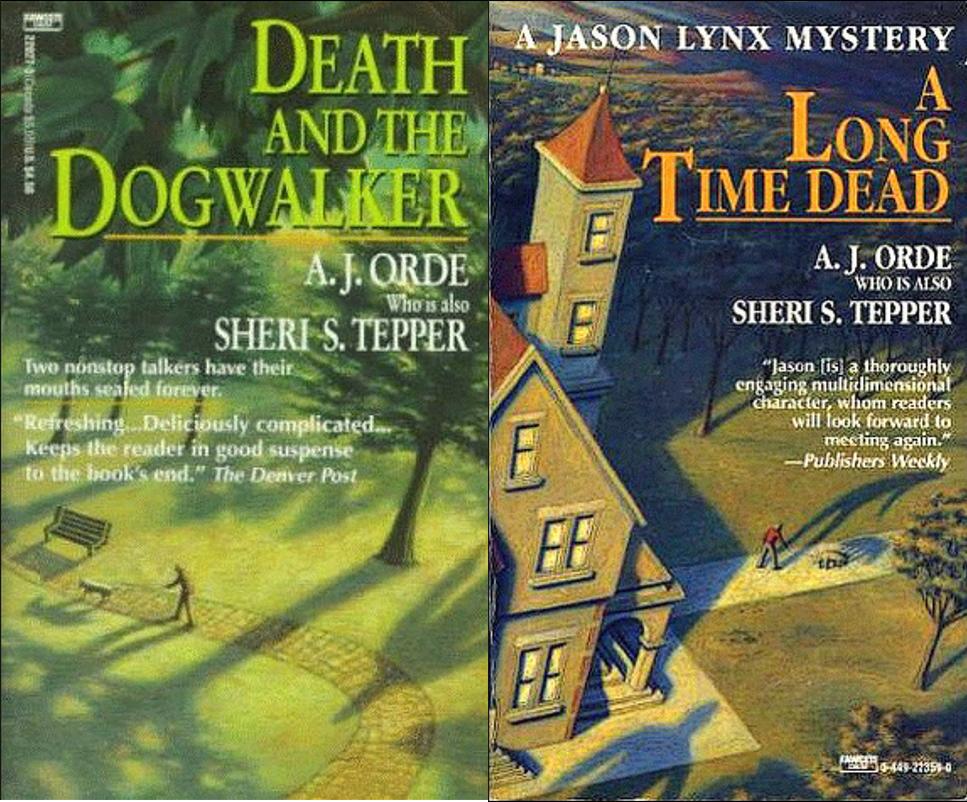Book Club 2025: Rejection by Tony Tulathimutte
I bought this book because I’d read the Ahegao story in The Paris Review. It felt fresh — it was totes cringe, but very funny and kinda devastating. It’s also included in this book, which is a collection of (pretty) tightly connected short stories.
Aaaah! Tulathimutte was the guy who was an internet phenomenon back in 2019 — it was published in n+1 and was suddenly The Discourse. I didn’t read it myself back then, but I saw people arguing about it.
And… it’s even more cringe-worthy than Ahegao. It’s funny, but I wasn’t totally convinced by it. I mean — why would people continue to hang out with this creep for decades? He seemed to lack in any quality whatsoever that’d make him bearable — he’s not even funny. So, I dunno…
There’s other stories here that are more successful — this one is hilarious. And if Peter Thiel were ever to read something, I think he’d go “this guy’s got the right idea! Let’s get him a job with Trump!”
That is, I think the broad satire has been overtaken by current events, and reading the end of this story, where (oops spoilers) this guy gets his comeuppance reads like a wonderful fantasy from a gentler age.
The longest story in the book is also the weakest, by far. The first half is (I’m guessing) based mostly on Tulathimutte’s life, and he’s far gentler with his personal stand-in than he is with any of the other protagonists — all the other protagonists seem like people that annoy Tulathimutte a lot and that he wants to get revenge on, while Bee is a Mary Sue. And then the last half is a tedious exegesis on Twitter drama. It’s so boring that it’s hard to believe that it’s written by the same guy who wrote Ahegao. (Which, of course, the text suggests that it isn’t.) It has the unfortunate stench of someone who’s gone viral once and desperately tries to make it happen again.
So… I’m disappointed. I mean, it’s pretty good, but it’s not really all there.
The most-liked review on Goodreads is:
It’s a pretty well-reviewed book, so of course I go to the 1-star reviews and see whether there’s anything amusing there. I love reading 1-star reviews of books I kinda like…
Heh heh heh.
He has a point.
I like this long review. It’s apparently written in realish time, as the book was read, and I like that approach.
Rejection (2024) by Tony Tulathimutte (buy new, buy used, 3.81 on Goodreads)
Book Club 2025: The Sound of the Machine by Karl Bartos
I’ve been reading this book for more than a year.
It’s a brick of a book, but that’s not the reason it’s taken me this long. I’ve had it planted on the kitchen table, and I’ve been reading a couple pages now and then while waiting for the potatoes to boil and stuff.
The other day, I’d made it halfway through, and I thought it was time to switch it out with some other book, so I read the last half tout de suite.
For a musician autobiography, it’s not a typical book. These are usually (half-)ghostwritten by journalists that are interested in goosing up the stories, and there’s no goosing here. And if not, they’re usually written by a musician that has some sort of agenda — usually complaining about how stupid everybody else in the band was (or something), and those grievances permeate the book, so you get typical sentences like “and that’s the first time I saw Richard, but I didn’t know at that time what a sleazy weasel he’d turn out to be”.
Instead the methodology Bartos seems to have used is to describe everything that happened solely from the point of view of who he was and what he knew at that time. That is, he’s not using the book as a way to collect evidence for some grand show down, but is telling everything in as straight-forward a way as possible.
So we don’t get to any serious grievances about how money was divided in the band before on page 450, when he confronted Ralf and Florian about it.
I’ve never read anything quite like it, but on the other hand — there’s a reason these books are written in the way they’re written — because this methodology is for serious Kraftwerk fans only.
Of which I’m one! My favourite parts of the book was there Bartos goes through the recording process, track by track.
The gruelling five year process to get Electric Cafe made was interesting — every time some other band released something that sounded more modern that what they had, they wanted to tinker further with the album, which meant that it was finally released, it sounded kinda old.
Here’s the dramatic showdown between Bartos and Ralf & Florian. Yes, really. This is how dramatic it gets.
So is the book any good? Well, it worked well reading it the way I did, and there are really interesting bits about recording, but… Now I can read something else while waiting for the potatoes to boil!
It took five years for the English translation to be published.
There are virtually no negative reviews on Goodreads, but then again — the readership is pretty self-selected for something like this.
The Sound of the Machine (2017) by Karl Bartos (buy new, buy used, 4.28 on Goodreads)
Book Club 2025: Long Time Dead by A. J. Orde
I happened upon this book while futzing around with my book tracking package. While testing, I asked it “what books by Sherri Tepper don’t I have?” and it said “this one”.
So I bought it, and it wasn’t until I had it in my hands that I realised that I’d already read it before. And that I hadn’t much liked it, I think?
I mean, the “A. J. Orde” pseudonym is probably why bookiez messed up…
So I wasn’t going to re-read it, but eh, what the hey. I’ll give it a go.
I remember absolutely nothing of this book, so I’m wondering if bookiez was right and I was wrong — I’ve never read this before?
Perhaps it’s just that these two covers are kinda similar? And I’ve definitely got the other book.
And also — what’s up with using a pseudonym if you’re going to put the real name on the cover as well? My guess is that these books weren’t selling a lot, and Sheri Tepper was a pretty successful author, so they tried to goose the sales of the last books in the series by including her name, because:
The first couple books didn’t do this at all.
Anyway, how is this book? It’s pretty bad.
It’s almost 300 pages, but it only has plot for (and I’m being generous here) 200. So Tepper goes into her isn’t-modern-life-awful harangues at the drop of a hat. And this is often fun in her science fiction books, but somehow here, it’s all kinda dreary. Like the above, where she has a gay character go on for pages about how horrible the concept of “cruising” is.
And the mystery… we’ll, there’s two intertwined mysteries, and they’re both completely preposterous. And not in a good way. They’re just stupid. The solution makes you go “er… wat.. wat… no? wat” the entire time.
Oh, and they spend 40 pages speculating what the word “ice” could possibly mean (in the context of “something that’s very valuable”). Yeah.
I’ve read (just about?) all of Tepper’s books, and when she’s on a roll, they’re really, really entertaining. When she’s not, they can get pretty bad. This is one of the latter ones.
Long Time Dead (1994) by A. J. Orde (buy used, 3.83 on Goodreads)

